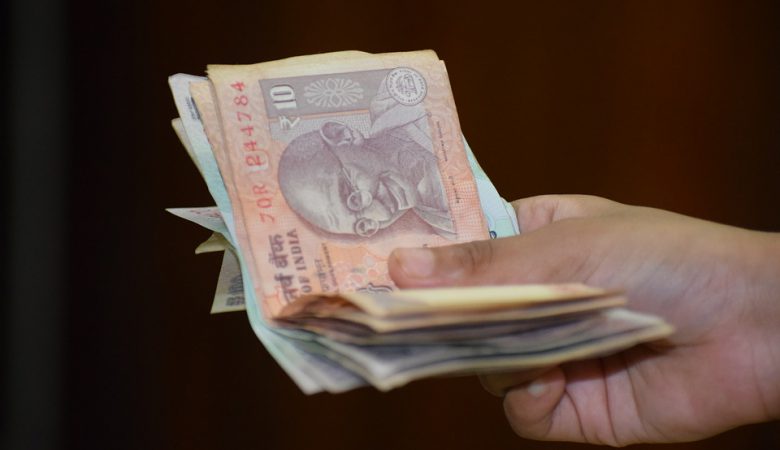New Indian Goods and Services Tax Hits Intellectual Property
With the establishment of the Goods and Services Tax (GST), India went through its largest fiscal reform since it declared independence. With such a large change, some have been for the better, while other parts have only introduced new problems into the system.
The GST replaced several cascading taxes imposed by state and central governments, sold under the slogan of “one nation, one market, and one tax.” In particular, the GST divides goods and services into four different taxable categories. Low rate goods are charged at 5%, standard goods at 12% or 18%, and high rates of 28%, covering 1200 goods and 600 services. How goods are classified then is obviously quite important under the new system, but this has led to some interesting problems, especially with respect to branding and trademark.
Many items that are declared exempt from the GST, such a common foodstuffs, will have the 5% tax imposed upon them if they are marked with a registered brand name. This is especially important considering that prior to the tax reform, foodstuffs were entirely exempt from taxes in most Indian states.
Intellectual Property is an important part of allowing customers to recognize whether a product is a genuine article, or whether they are being defrauded, as well as a method to build up trustworthiness and reliability. Issues like this need to be ironed out in any other tax reform. If a nation truly wants to pursue “one market,” guaranteeing that people can reliably deal with each other and know what they are getting is essential.

